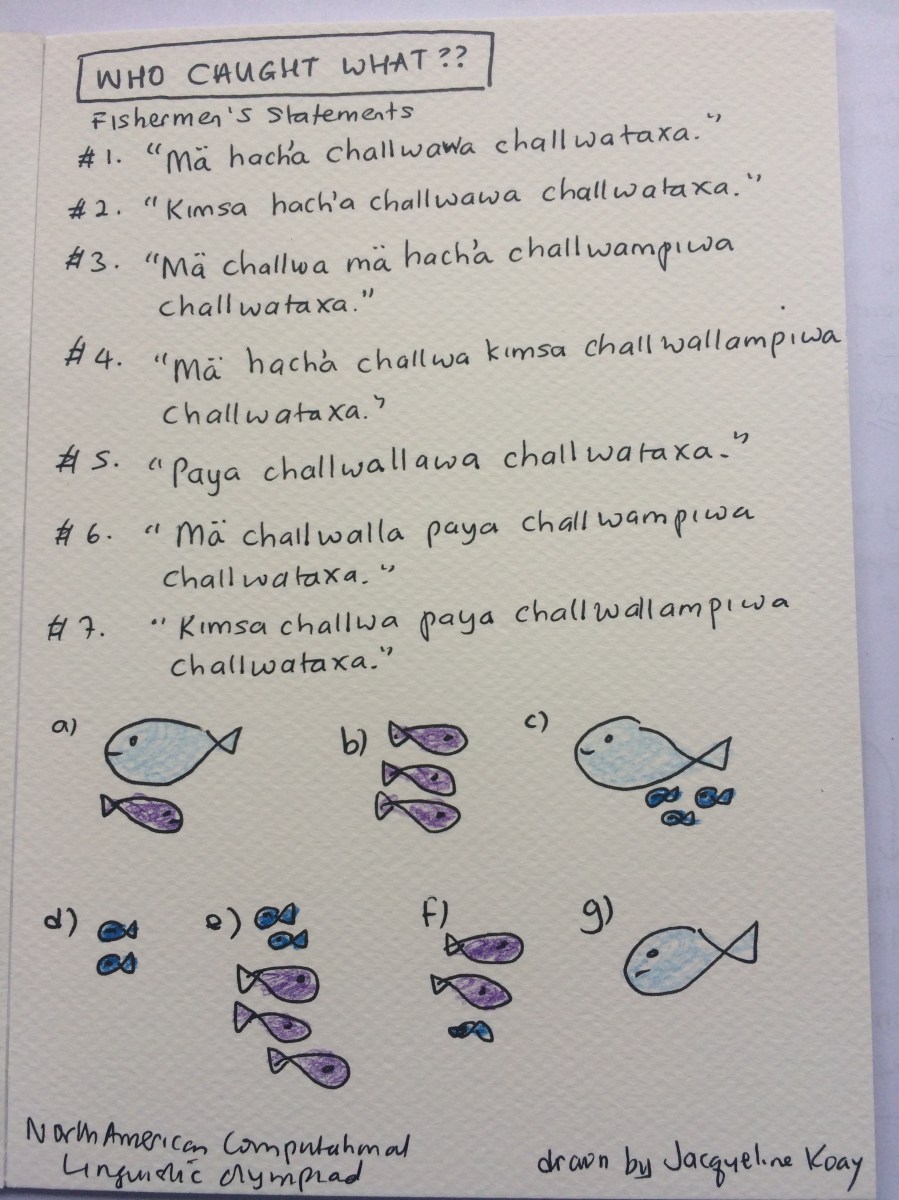Teaching children to think independently, creatively and bravely – rather than just parrot, rote-learn, copy – is of course one of the goals that parents and teachers aspire to. I could write a whole book on this subject (and I might, one day), but for now, this is about my fifth child and a little puzzle for her (and you…go on, give it a try to understand the process).
******
My fifth child has the restless sort of brain that loves puzzles. She wrote a Sudoku book when she was about five and sold it to family and friends (OK, there were a couple of mistakes in her solutions). Oh lovely, you might say, BUT….
She chats non-stop in the car and expects us to be engaged in her musings and theories, such as “Do you know there are fourteen possible way to say this word in Spanish?”, “In Tagalog, these are the words that are similar in Malay language”, “I hate it when words are not symmetrical”, “What do you think of the arrangements of these words: PATONG SHOOTING RANGE?”, “It’s soooo annoying…PHUKET PHOTOGRAPHY!”
Yes, she fried our brains. Big time.
Worse when I had to tutor her Chemistry. She would grab the calculator off me and punch the long numbers in with lightning speed. Or looked at me pityingly because I couldn’t do the log conversions in my head. “Are you quite sure you can’t work this out without a calculator, Mum?” She would ask with deep sympathy.
She does maths to relax. Say no more.
OK, it’s our fault. It started a long time ago. We didn’t have a colour television set at home, only a small black-and-white one. And then of course, we never forced her to learn how to read or sit down to rote-learn multiplications and divisions. As a result, her brain’s neural network grew in an unconstrained, free-range, organic sort of way. She has such a vociferous appetite for living and learning, HER way, of course.

She created this beautiful mind map that takes up a whole wall:

She is always creating maps to link discrete pieces of the world, from the physical sciences to languages to mathematics. Somehow, she sees the connections where not many could and I can often feel the cogs in her brain turning furiously trying to piece things together, storming ahead to the uncharted territories of this vast and complex universe. Could we ever begin to understand the universe, consciousness, inter-relatedness of all things, technology?
Interestingly, a Google executive recently said that understanding of LANGUAGE is the key to the next giant leap in technology. So, here’s a puzzle taken from the North American Computational Linguistics Olympiad by Patrick Littell (based on the Aymara language) that I redrew for my fifth child:
Which fisherman caught what, and who is lying?
Can you solve it?

Answer (scroll down):
.
.
.
.
.
From the Guardian. 1g, 2b (LIE), 3a, 4c, 5d, 6f, 7e
Here are the patterns that will have helped you work this out:
challwataxa is the last word of each sentence. It means “caught” or “fish”
mä, paya, and kimsa are the numbers 1, 2 and 3
challwa is the root “fish.”
–lla indicates the little fish, whereas hach’a indicates the big fish.
-mpi occurs whenever there are two kinds of fish.
–wa occurs at the very end, but before challwataxa.
Hope you enjoyed it 🙂








